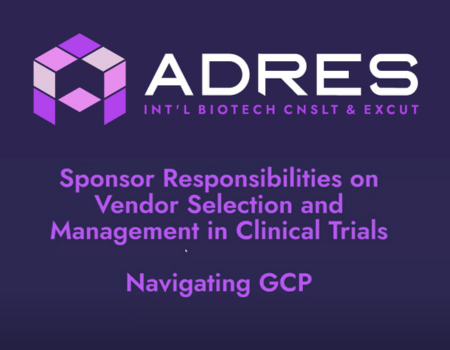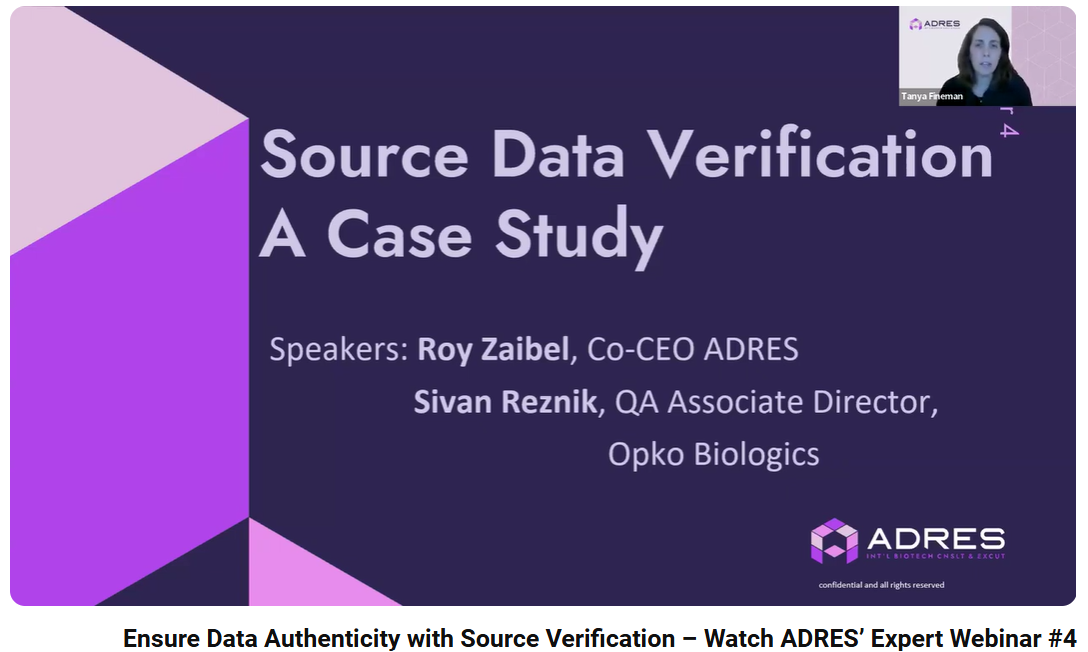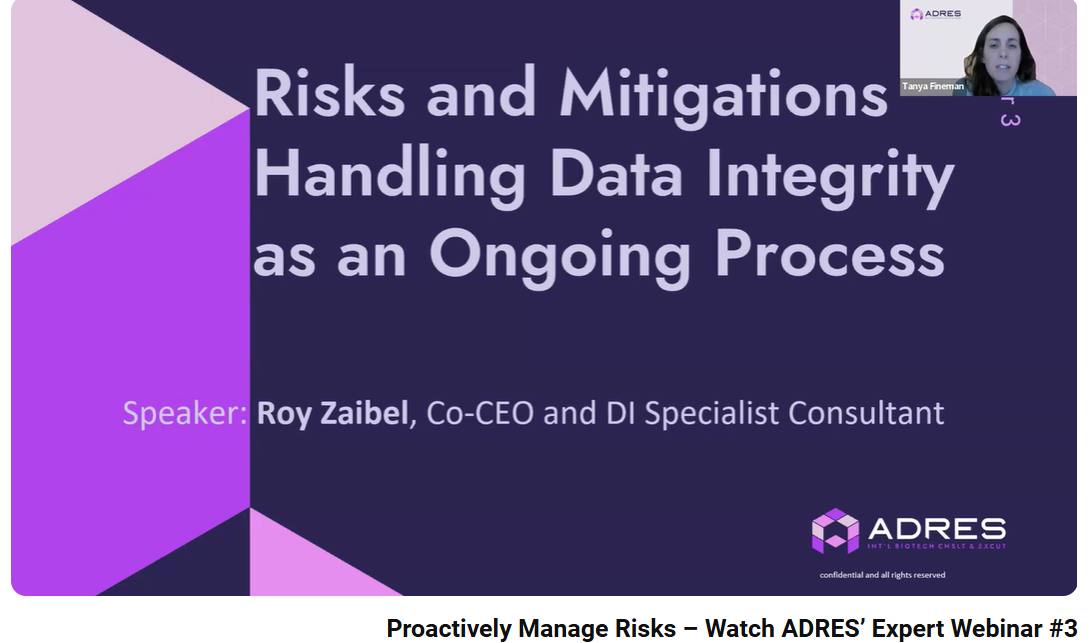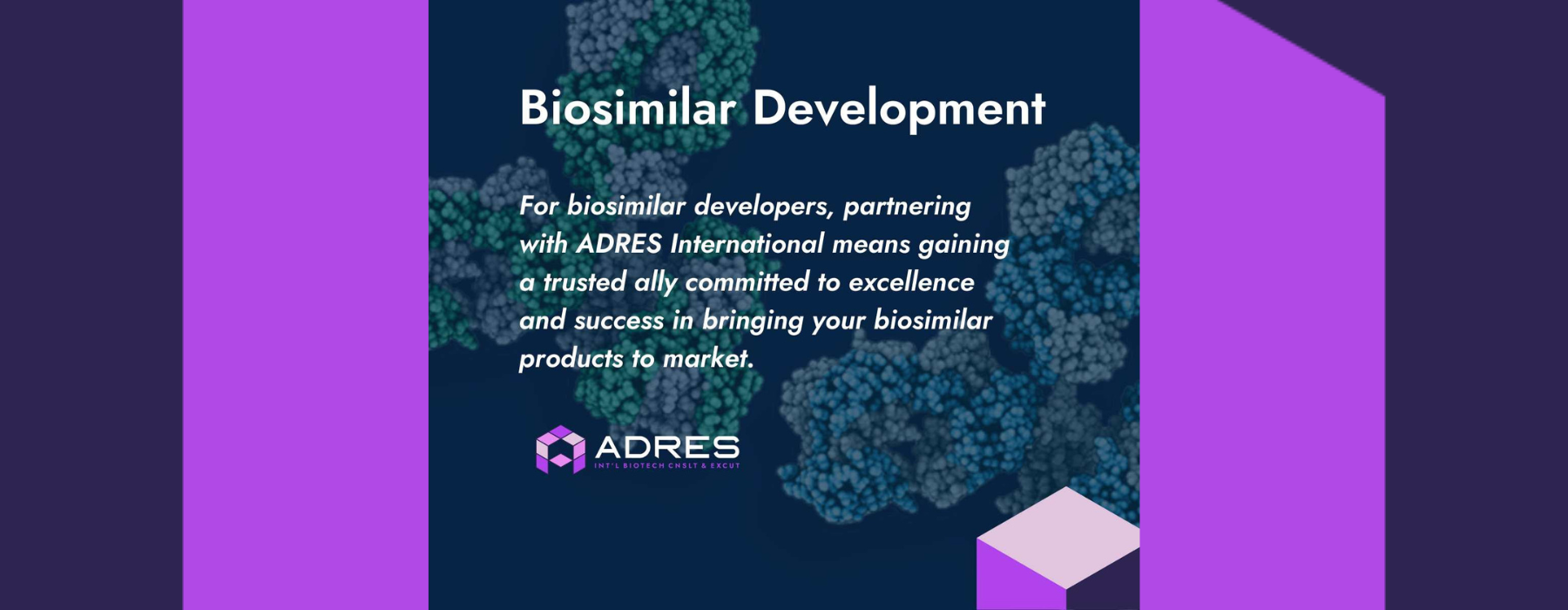A Faster, Leaner Path to First-Patient Data: Why Biomed Startups Choose Israel for Early Clinical Work
Biomed startups need earlier human data to make clear go or no-go decisions before the runway runs out. Israel offers a practical way to reach first-patient results faster, with strong oversight and costs a startup can carry.
Israel works because three pieces line up. The Ministry of Health applies a risk-based review that allows sensible deferrals when patient safety is unchanged. The national HMOs provide digitized longitudinal records that support cohort pre-verification before you open recruitment. The sites are experienced with focused, early studies that prioritize clean execution over scale. Put together, you move from award to first visit in weeks rather than quarters, and you do not trade quality for speed.
Founders struggle most with timelines that drift.
In Israel, the path is clearer because key steps run in parallel. While your team finalizes the protocol and localizes documents, the MoH review can begin with a tight risk file and plain-English rationale for each change. In the same window, sites prepare logistics and query HMO data against your inclusion rules to identify likely matches. By the time approval lands, you are not starting from zero. You are ready to consent and screen with confidence that the pool exists.
Recruitment is the decisive edge.
Pre-verification against real records reduces screen failure, shortens the ramp, and narrows variance around your enrollment forecast. You know whether the cohort is there, where they receive care, and how to structure outreach that respects privacy and consent. This is not a shortcut. It is disciplined feasibility that removes guesswork before you spend on monitors, pharmacy, imaging, and idle site weeks.
Costs follow the same logic.
When cycle slips disappear, paid idle time drops. When you concentrate work in a few capable centers with proven access to the target population, you avoid the long tail of under-performing sites that enroll one patient each. Local rates for monitoring and select vendors are often lower than U.S. equivalents, which compounds the savings for Phase 1, 1b, and device feasibility programs. The important part is to capture these gains in contracts up front and to hold vendors to milestones that reflect the parallel work model.
Many teams now design patient-cohort add-ons that sit between a classic healthy-volunteer start and a larger Phase 2. The aim is an earlier signal in the target disease with biomarkers that de-risk dose, schedule, or device parameters. Keep these cohorts tight. Limit endpoints to those that change decisions. Blend EHR pulls for routine measures with focused study visits for what cannot be captured in care. You get sharper data without bloating the protocol.
A hybrid model often delivers the best of both worlds. Run a lean Israeli engine to reach first-patient data and pair it with one or two U.S. sites for KOL engagement and downstream regulatory alignment
Quality and oversight remain non-negotiable.
A monitoring plan should reflect actual risk and the specifics of your modality. Centralized review for safety labs, imaging, or device telemetry reduces variability and speeds detection of issues. Many operators run a brief enrollment pause after the first few patients to validate the consent flow, assess sample handling, and confirm endpoint capture. Small fixes at this stage prevent expensive rework later.
Data governance needs the same attention as science.
Work through HMO governance channels early. Start with de-identified feasibility queries to confirm that your criteria map to a real population. Align consent language so patients understand how routine care data link to study data, and so transfers remain minimal and auditable. If you keep data moves narrow and transparent, you protect patients and stay inspection-ready.
Israel is not a universal fit. If your indication is ultra-rare with minimal local prevalence, recruitment will not meet expectations. If your device requires complex hardware that is not available locally, setup time can erase the advantage. If your internal team cannot meet weekly decision cadence, the benefit of parallelism fades. In these cases, adapt the plan or select a different path rather than forcing a model that does not match your constraints.
A hybrid model often delivers the best of both worlds. Run a lean Israeli engine to reach first-patient data and pair it with one or two U.S. sites for KOL engagement and downstream regulatory alignment. Keep the protocol identical and the data systems unified to avoid splitting the study by accident. This structure supports both speed and credibility with partners who expect U.S. touchpoints.
If you need a framing for your next decision meeting, use five questions:
- What single decision must this study inform, and by what date?
- Does HMO feasibility show enough candidates under your criteria?
- Which elements of the submission can be safely deferred without changing patient risk?
- Where exactly will savings come from, and how will contracts lock them in?
- Which partners already have live HMO connections and MoH experience for your modality?
Clear answers to these questions prevent drift and protect milestones tied to your financing.
The recent webinar explored this operating model with voices from sites, HMOs, and startup clinical leaders who have delivered on these timelines. It was not a recap of guidelines. It was a working playbook with concrete examples of approvals, startup flow, and cohort management. If you want color on the mechanics or vendor choices, the session is a good companion to this article.
In short, Israel gives biomed startups a credible route to earlier human data with tighter timelines, faster recruitment, and thoughtful cost control. Plan parallel work, verify cohorts before you open, and keep quality measures precise. If you want to test whether this model fits your program, watch the webinar and then reach out with your specific constraints.
For questions or a quick fit check – contact us











